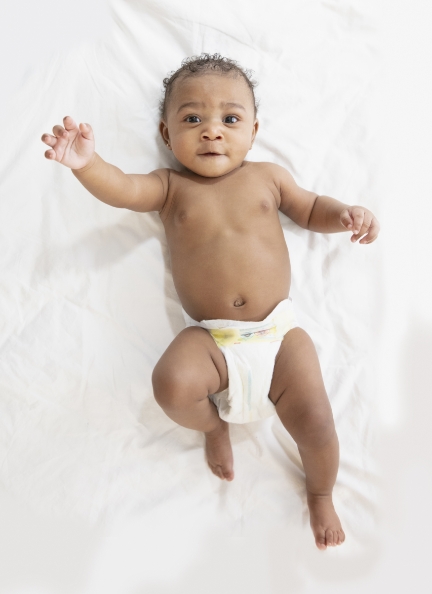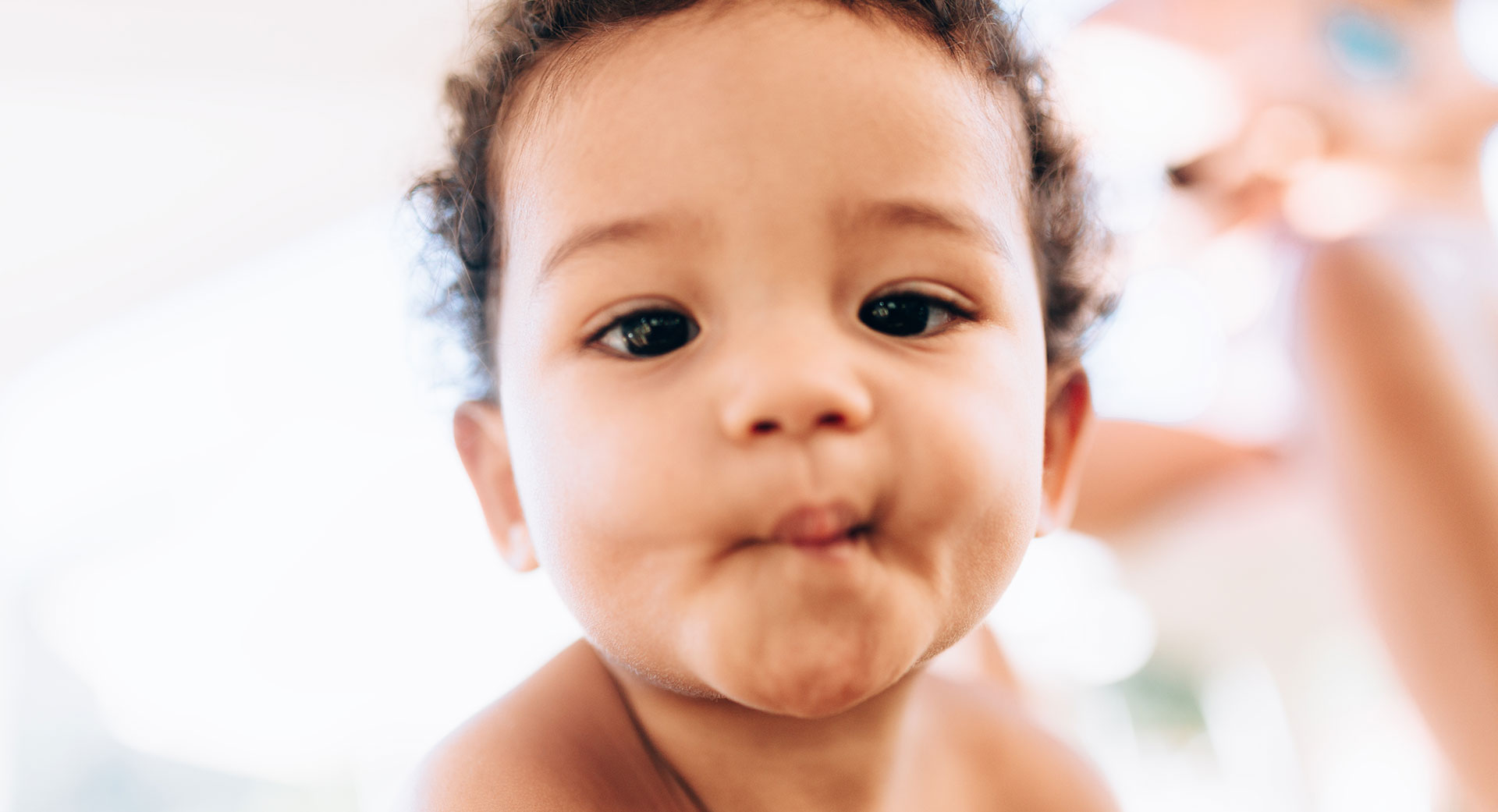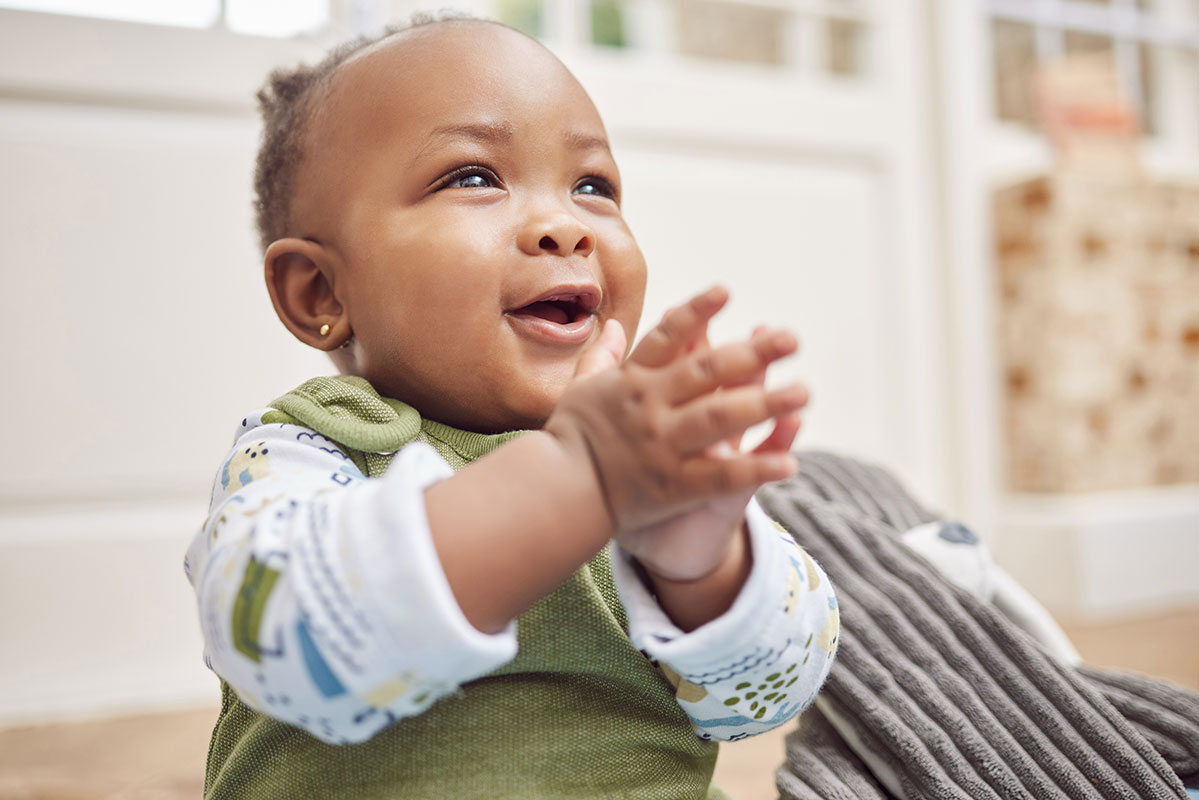It’s no secret, your baby is watching your faces too! Babies learn by watching the world around them. They may not be able to say what they’re thinking , but they’re learning so much every moment they spend with you. When your baby sees you happy or sad; excited or scared, they learn what all of these feelings look like. Your baby will learn how to express their feelings by watching how you express yours — remember, a face is worth a thousand words!

“I’m interested”
- If you see this…
- Wide eyes
- Raised eyebrows
- Slightly opened mouth
- Pointing or moving towards something close
- Do this!
- Encourage their interest by letting them safely explore. Allow your baby to touch and play with an object they seem interested in — just remember, they’ll likely want to “taste” it too!
- Help your baby expand their interests and learn new words by explaining the objects they explore. “This is a hat; it’s soft and warm.”





